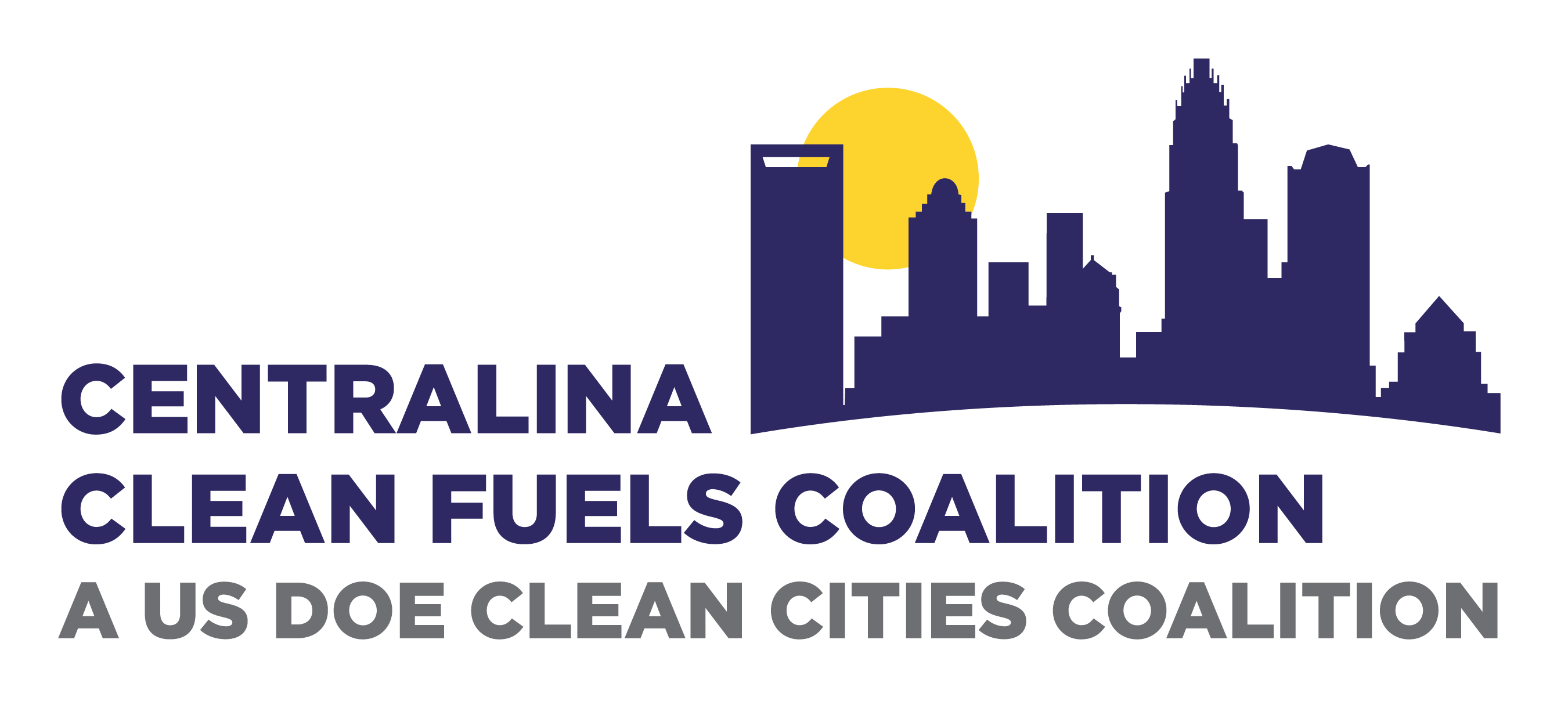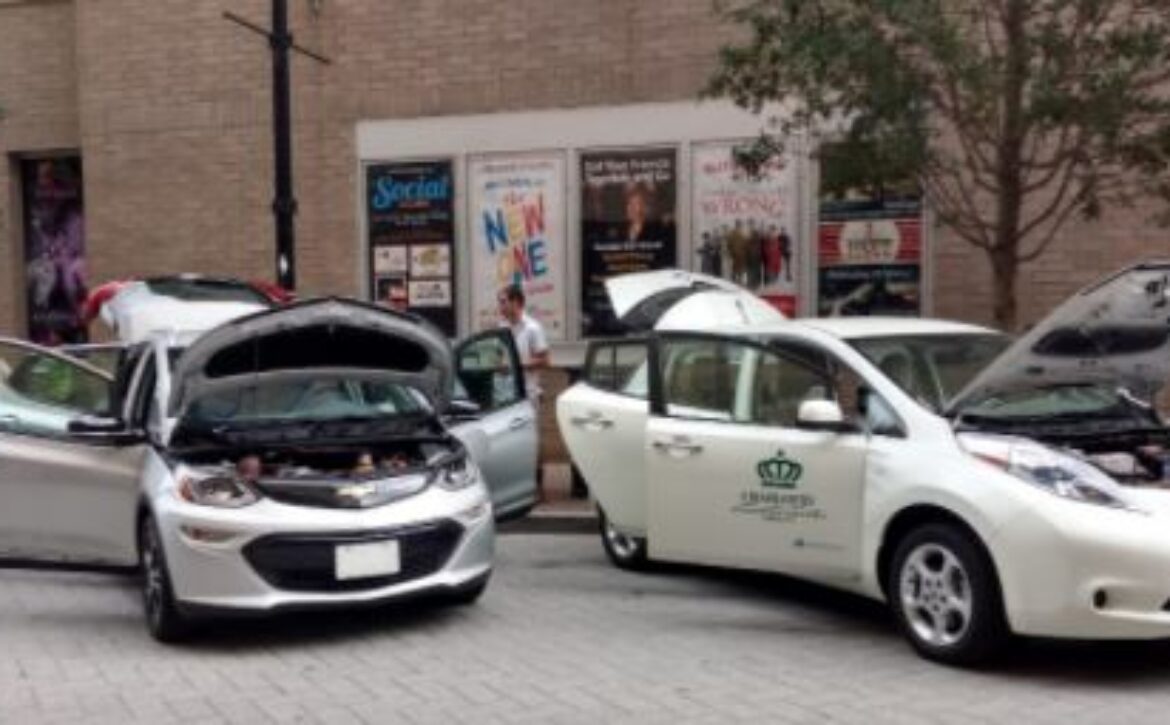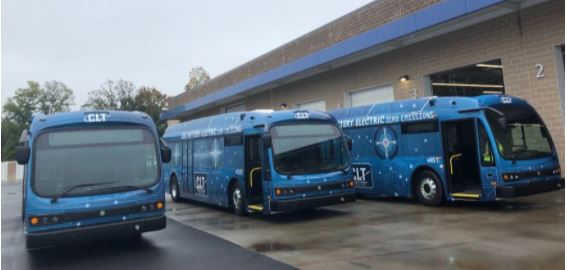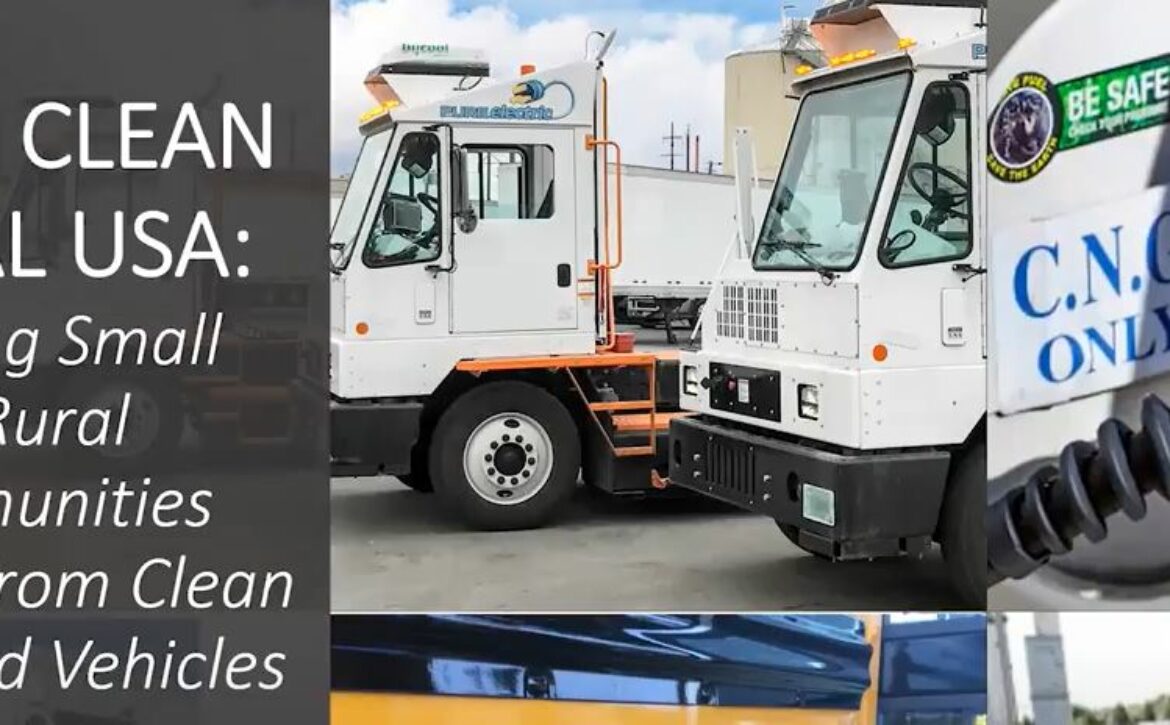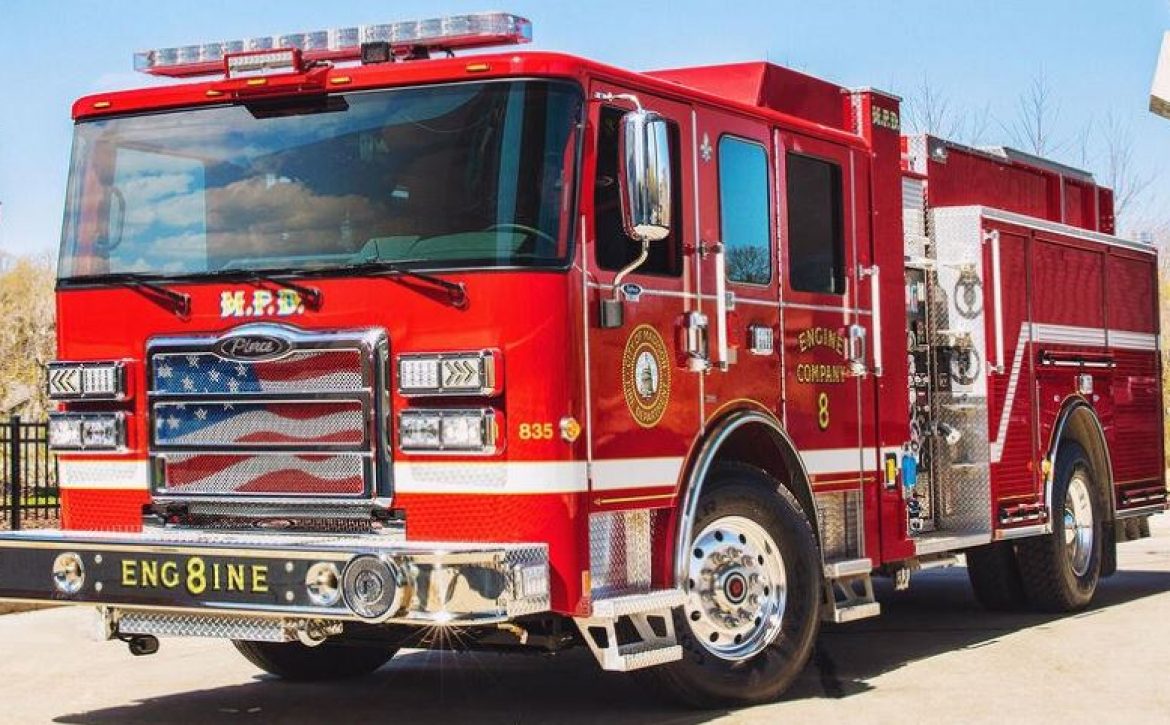Category: In The Press
Drive Clean Rural USA: How Clean Fuels Can Serve Your Community
Benefits of Alternative Fuels for Small & Rural Communities
Drive Clean Rural USA: Helping Small & Rural Communities Benefit from Clean Fuels and Vehicles, is a project funded by the Department of Energy and led by Transportation Energy Partners (TEP), a national nonprofit organization bringing Clean Cities Coalition leaders together to advance policies that will reduce American dependence on petroleum-based fuels. Eight Clean Cities coalitions; Alabama, Northern Indiana, Ohio, Columbia-Willamette, Utah, Western Washington, Wisconsin, and Virginia are working with TEP to provide on-the-ground assistance to 24 counties, companies and institutions within these regions.
The goal of this project is to help small and rural communities benefit from clean fuels and vehicles. Communities across the country are saving money and breathing cleaner air by transitioning away from gasoline and diesel vehicles in favor of clean domestic fuels. Access barriers can leave small and rural towns out, but this program is aimed at fixing that. Drive Clean Rural USA intends to provide fuel & maintenance cost savings, domestic fuels & US energy independence, regional job & business opportunities, and clean air to the targeted residents.
Four areas are highlighted to provide fleet assistance to these communities. The first area is free technical assistance; this includes project partners working to assess current vehicle components of fleets and seeing where a clean energy transition fits in, with regards to fueling infrastructure, financing options, and short/long-term priorities. Secondly, the allocation of demonstration vehicles is identified as industry partners loaning clean fuel vehicles for demo purposes to drive and test for community-wide drive and ride events, in addition to allowing temporary staff usage. Regional job and business growth is the third item; this is included to show the importance of creating job opportunities with biofuels and renewable natural gas. Lastly, the promotion of leadership is designed to shine a spotlight on local clean energy leaders within these rural areas through media outreach, press releases, and speaking opportunities.
Benefits of Using Alternative Fuels
Fuel experts; Alliance AutoGas, Sustainable Energy Strategies Inc., NGVAmerica, and Dominion Energy spoke at a webinar and discussion hosted by Virginia Clean Cities titled Drive Clean Rural Virginia: How Can Clean Fuels Serve Your Community? This event contained presentations emphasizing specific benefits surrounding the use of alternative fuels and Virginia’s role in bridging the access gap within rural communities. Each company spoke on their own specializations and the environmental benefits that inspire their work.
According to Alliance AutoGas, using propane as an alternative fuel reduces nitrogen oxide (NOx) emissions by over 30%. They stated that burning propane emits 79% less carbon monoxide, 54% fewer smog-producing hydrocarbons, 42% less nitrogen oxide, and 22% less carbon dioxide when compared to gasoline fueled vehicle emissions. On the report of Sustainable Energy Strategies Inc, ethanol reduces carbon emissions by 35-50% when compared to gasoline. Ethanol is a renewable biofuel that is currently made from corn, sugarcane, and sorghum. With the introduction of new technologies, ethanol can also be made from waste materials such as wood chips, agricultural residues, and industrial gases. It reduces greenhouse gases, eliminates carcinogens, improves high performance, and reduces the formation of ozone. Sustainable Energy Strategies Inc. also emphasized that biodiesel & renewable diesel significantly reduces criteria pollutants’ air pollution. While biodiesel is made from recycled cooking oil, plant oil, and rendered animal fats, renewable biodiesels are a clean burning diesel replacement. Biodiesel & renewable biodiesel reduces climate-change causing greenhouse gases by up to 89%, and up to 74% on average (Sustainable Energy Strategies Inc.).
NGVAmerica affirms that natural gas is sustainable, cost-effective, available, domestic, and reduces greenhouse gas & carbon dioxide emissions. The Cummins Westport Ultra-Low NOx engine supports these facts and is powered by natural gas. This engine is identified as the cleanest heavy-duty engine in the world and is 90% cleaner than the EPA’s current NOx standard. An 11% reduction in traditional liquified natural gas (LNG) and a 17% reduction in traditional compressed natural gas (CNG) greenhouse gas emissions are observed when compared to traditional diesel (NGVAmerica).
Dominion Energy asserts that electric vehicles will aid in carbon reduction and have enacted alternative fuel fleet adoption goals. They call attention to 75% of their passenger vehicles that will be converted to electric by 2030. In addition, 50% of work vehicles are being converted to run on alternative fuels by 2030; currently they are using trucks equipped with electric power take-off (PTO) systems.
Increased access in rural communities to clean and alternative fuels will expand the nation’s energy and economic security. This will allow partnerships to improve transportation energy efficiency and advance affordable, domestic transportation fuels and technologies. Covering the blind spots within community infrastructure for alternative fuel usage will allow for the broad implementation of clean alternative fuels across the nation, aligning with the goals of the Centralina Clean Fuels Coalition, the national Department of Energy Clean Cities program and stakeholders already utilizing these domestic fuels across the country.
President Biden Announces New EV Targets, Emissions Standards
Washington D.C -President Biden last Thursday signed an Executive Order that sets an ambitious new target to make half of all new vehicles sold in 2030 zero-emissions vehicles including battery electric, plug-in hybrid electric, or fuel cell electric vehicles. Th Executive order also kicks off development of long-term fuel efficiency and emissions standards to save consumers money, cut pollution, boost public health, advance environmental justice, and tackle the climate crisis.
In addition, the Environmental Protection Agency and US Department of Transportation announced how they are addressing rollbacks of near-term fuel efficiency and emission standards. Through these coordinated notices of proposed rulemaking, the two agencies are advancing smart fuel efficiency and emissions standards that would deliver around $140 billion in net benefits over the life of the program, save about 200 billion gallons of gasoline, and reduce around two billion metric tons of carbon pollution. For the average consumer, this means net benefits of up to $900 over the life of the vehicle in fuel savings.
American automakers Ford, GM and Stellantis and the United Auto Works (UAW) stood with President Biden at the White House in support of these efforts.
Read the full fact sheet on the Executive Order
Read the statements from automakers & others
Truck Manufacturer Pierce Releases First Electric Fire Truck
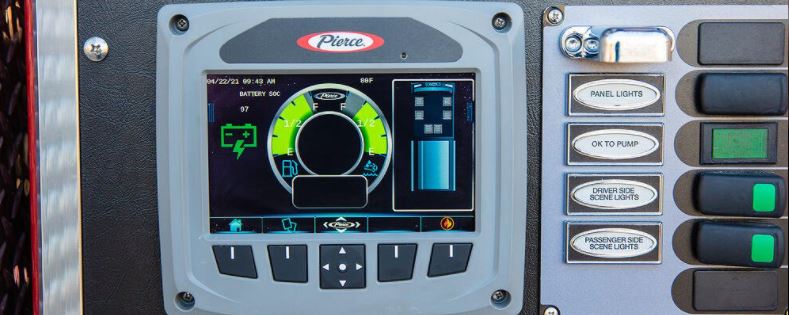
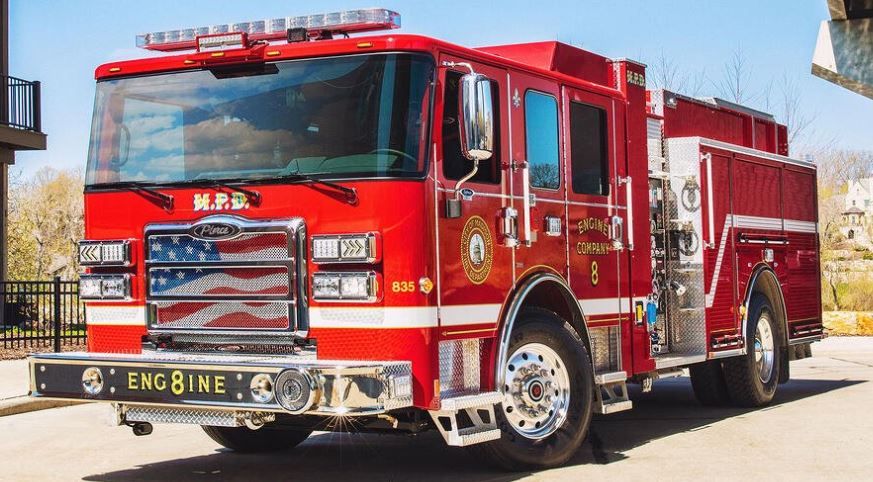
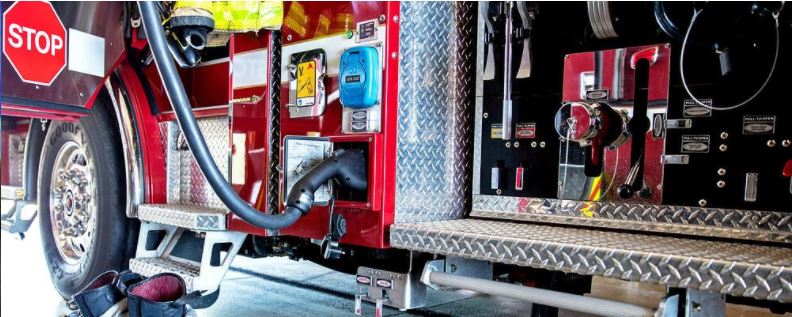
Right to Repair and EV Owner Implications
by Chris Facente, CCFC chair
Massachusetts has paved the way for independent repair shops to have access to the same information to repair vehicles as dealerships. In 2012, Massachusetts (MA) passed the “Right to Repair” law. Tesla and other EV manufacturers were able to avoid providing their information due to language in the law stating independent shops had to have access to the same information. Many EV manufacturers have direct sales, have no dealerships and used this to their advantage. The new law passed by MA prevents this loop hole from being used and allows for over the air data to be provided to all shops.
The history of repair began long ago in California. Ralph Nader published the book “Unsafe At Any Speed” (November, 1965) resulting in a huge change in the automotive industry, including how we look at emissions. Several emission devices including the Positive Crankcase Ventilation (PCV) and Catalytic Converters were a direct result of the new study of emissions.
With emissions on the rise and more equipment being installed on the vehicles, vehicles began more complicated emission devices in the late 1970s. Computers to control these devices began to show up in cars and each manufacturer had their own diagnostics. No two systems were the same, requiring expensive tools and guides to be written. Manufactures did not have to supply any information to ensure accuracy.
California
The California Air Resources Board (CARB) began to regulate on board diagnostics in 1988. By 1994 CARB had employed the Society of Automotive Engineers (SAE) to write the protocols for onboard diagnostics (OBD) level 2 or OBD II. All vehicles sold in the United States had to have the OBD II connector and standard fault codes with standard data streams. There are many aspects to this law too numerous to cover here, but in the law, independent shops had the right to access to repair data for all vehicles. The information is not free but it is available.
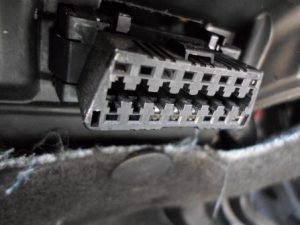
OBD II connector for accessing vehicle data
Massachusetts
The new Massachusetts law requires manufactures selling vehicles in the state to offer open source standard data platforms and closes the loop holes. Many EV manufactures, not just Tesla, have taken advantage of the loop hole but it appears companies are allowing data to be accessed.
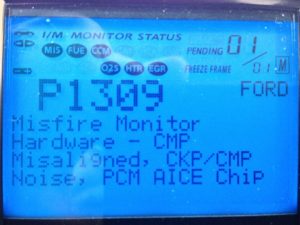
Example of data achieved through the OBD II data link. This vehicle has an issue with the Camshaft Position Sensor with the abbreviation CMP. All abbreviations are standardized among all vehicles with OBD II protocols.
As an EV owner myself, this means better service and more options to get your EV to be repaired. If the computer needs to be accessed to change the brake pads, a Goodyear or Firestone will be able to do the service, not just the dealership. Issues such as battery pack failures after warranty; independent repair places such as the EV shop (a franchise EV repair service center) will be able to help. As with the service driven economy, more choices mean better pricing and better service for all.
